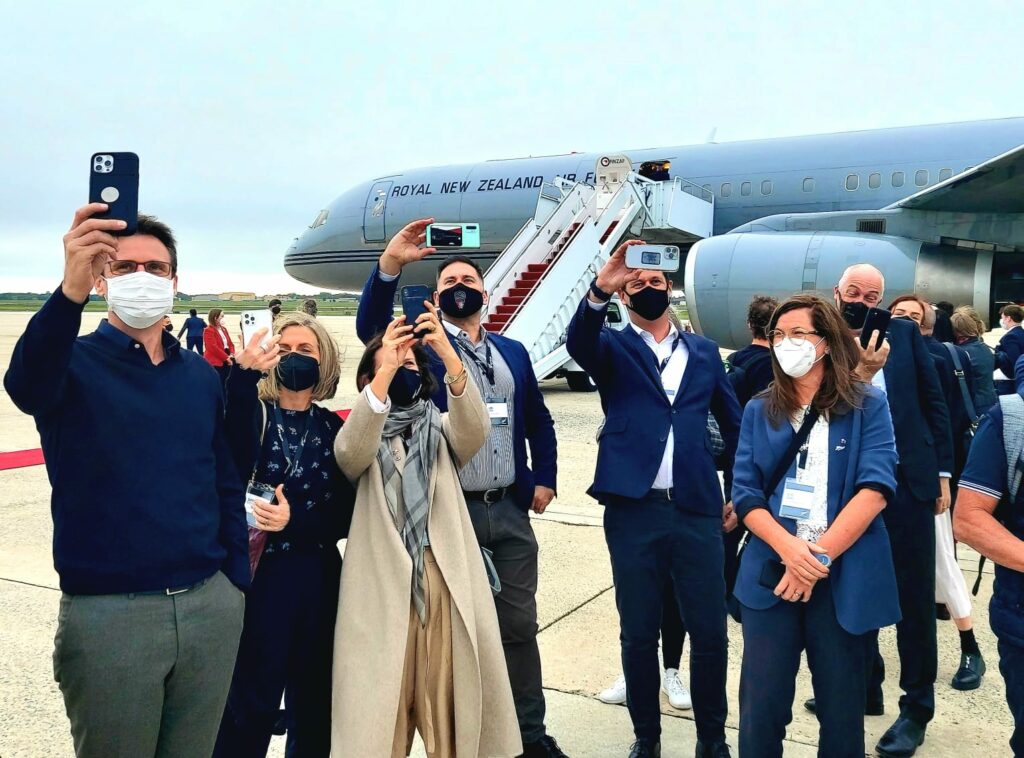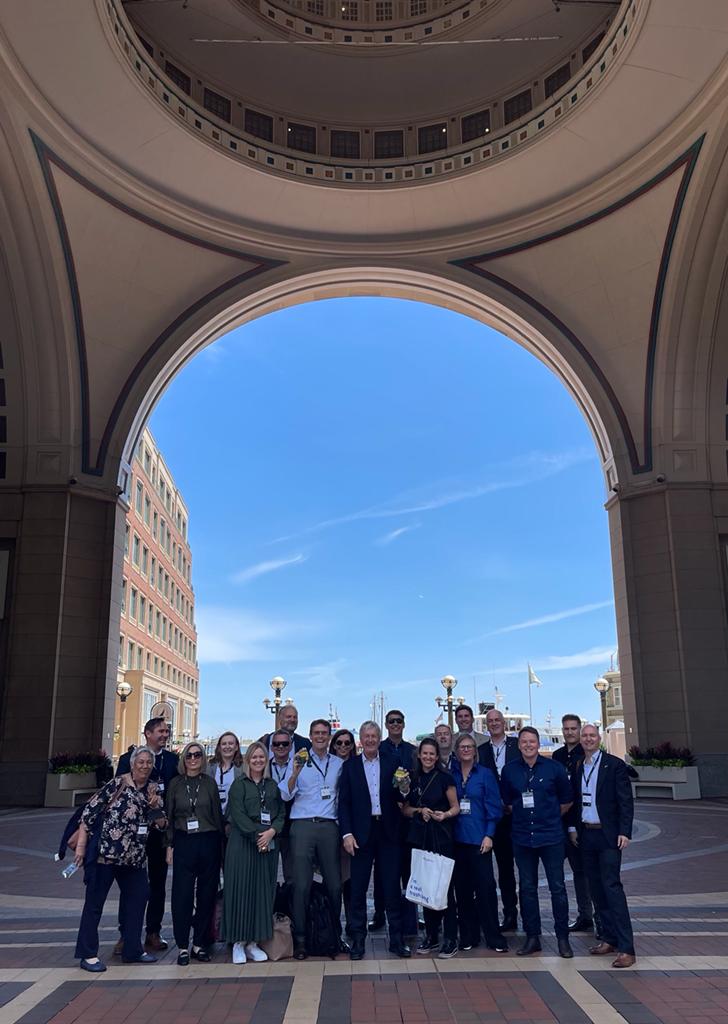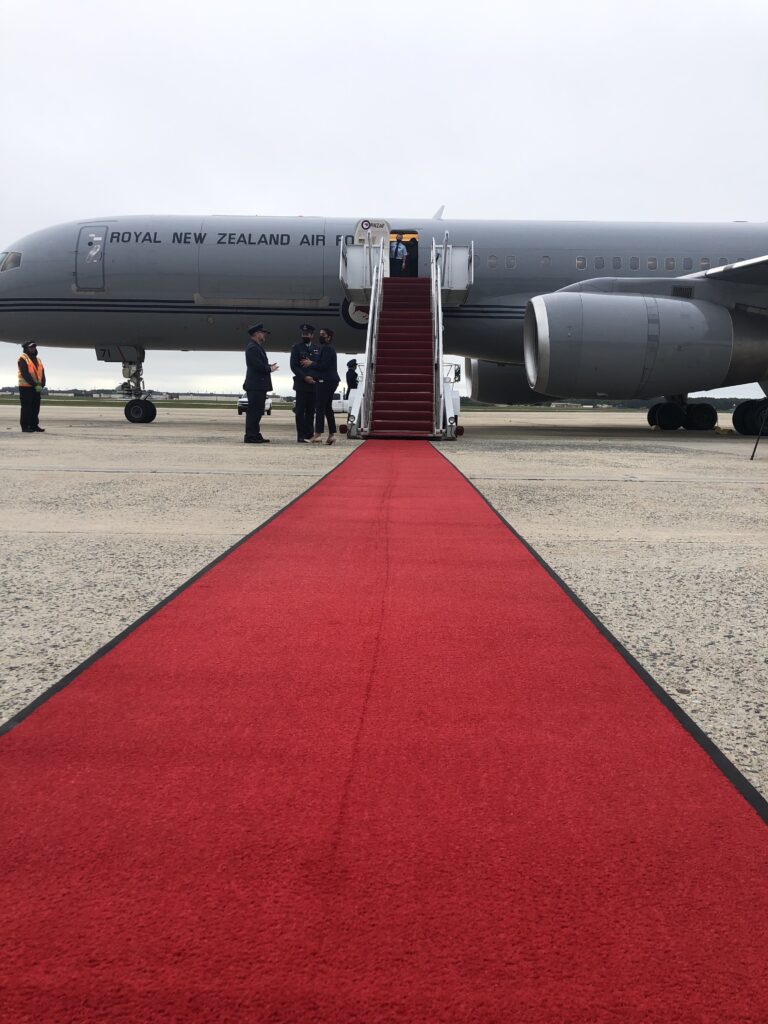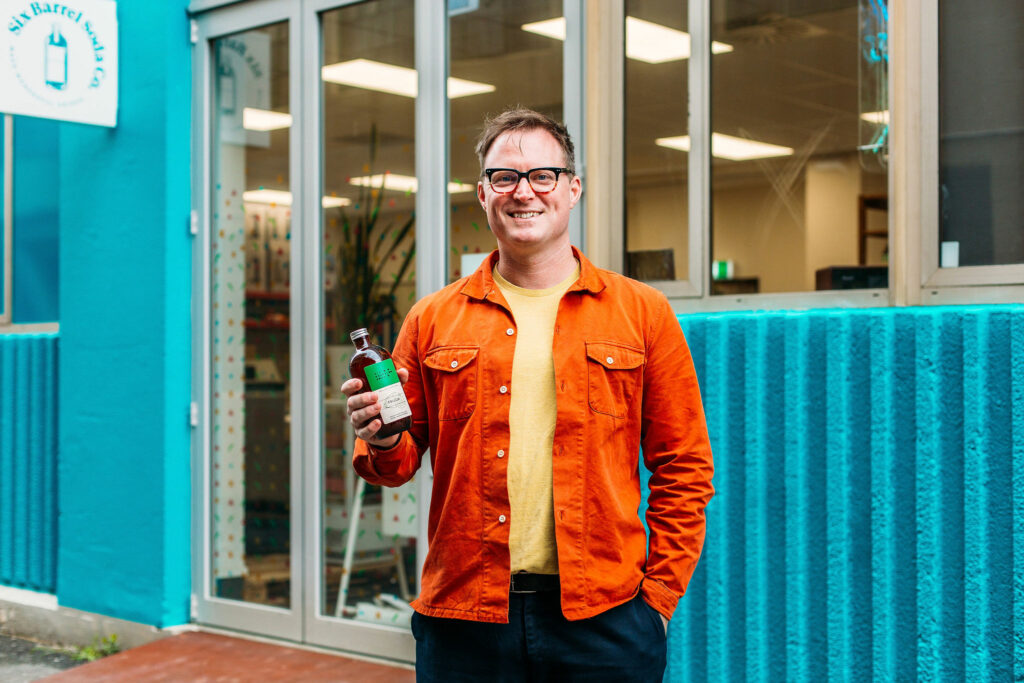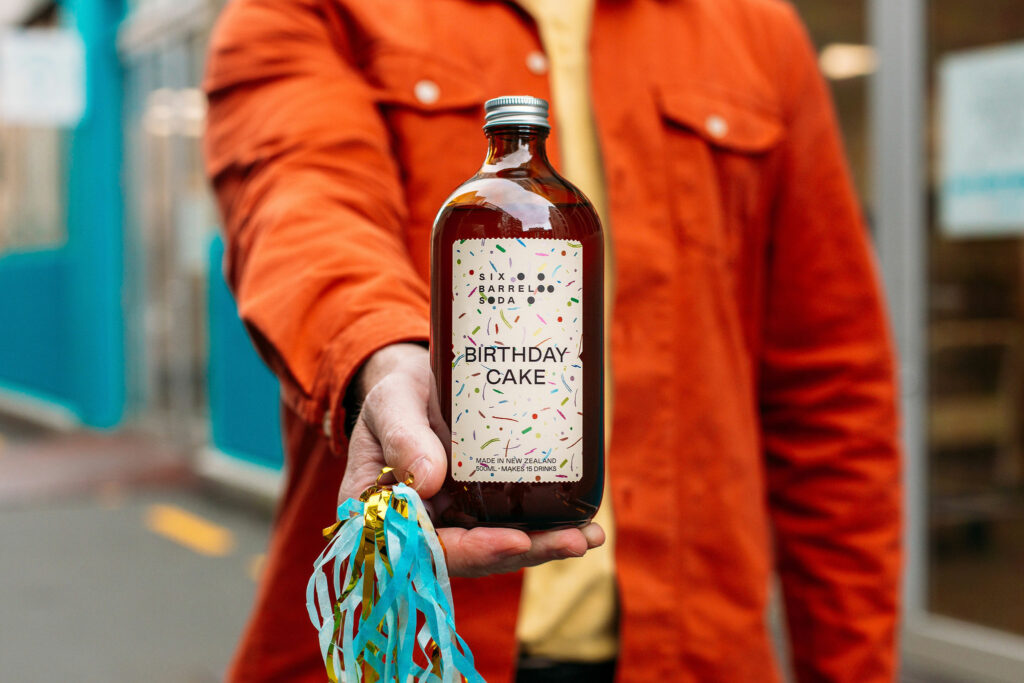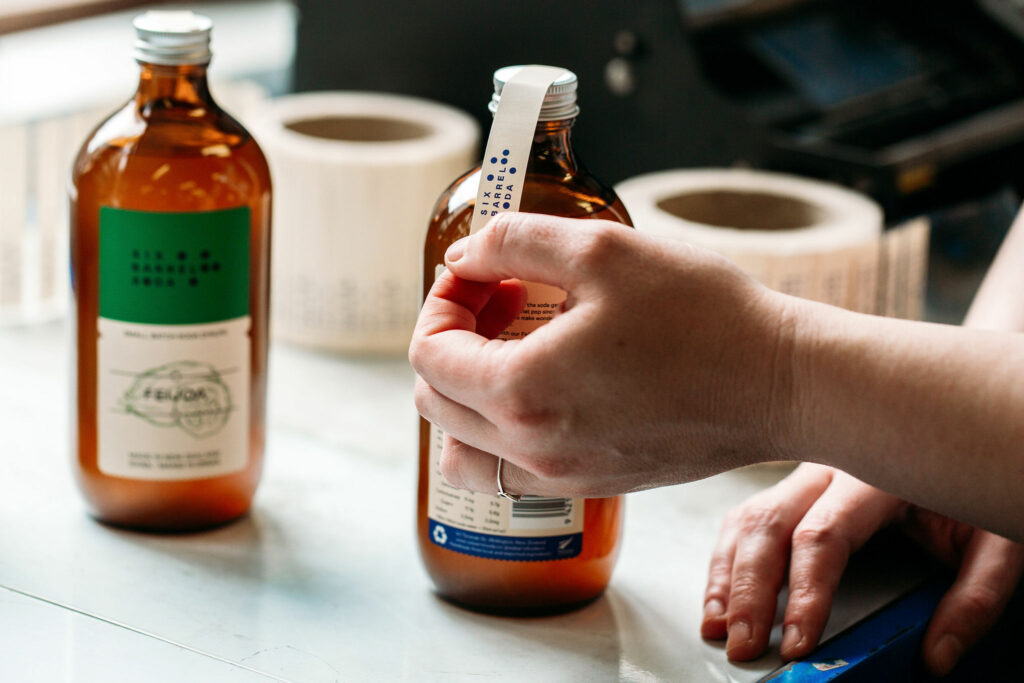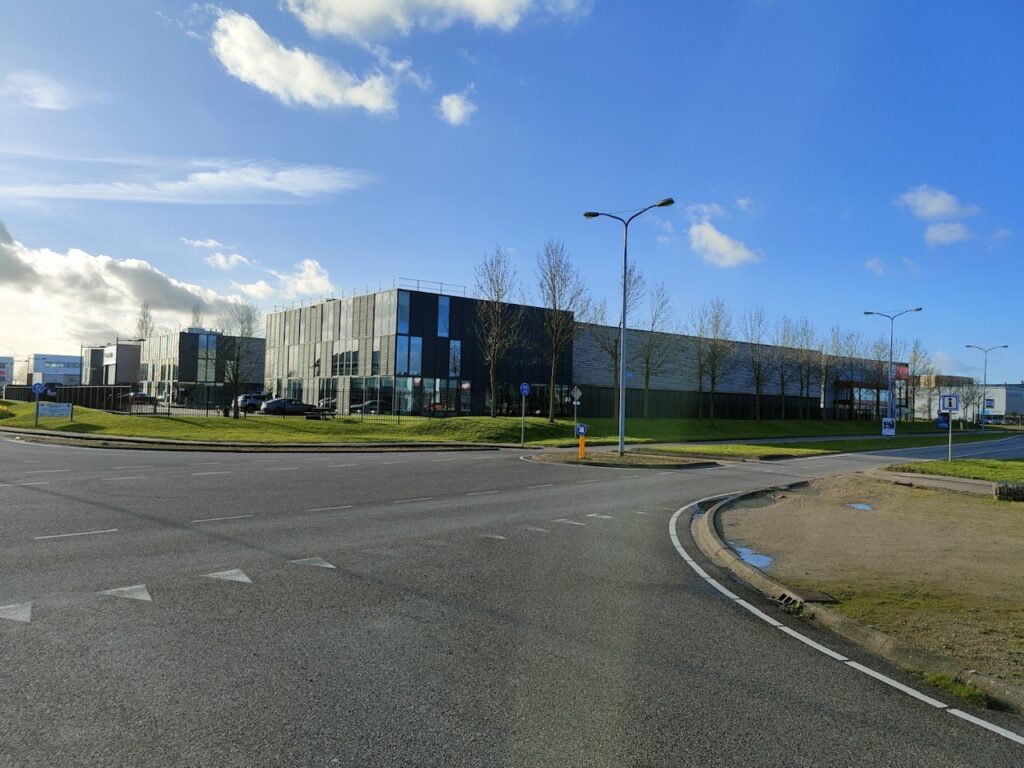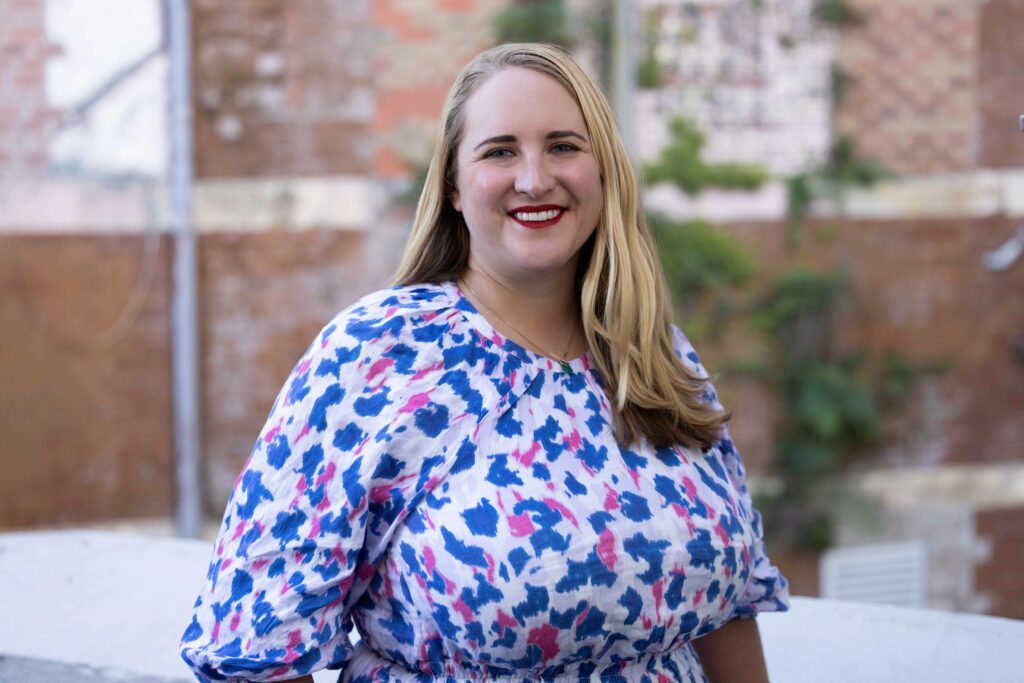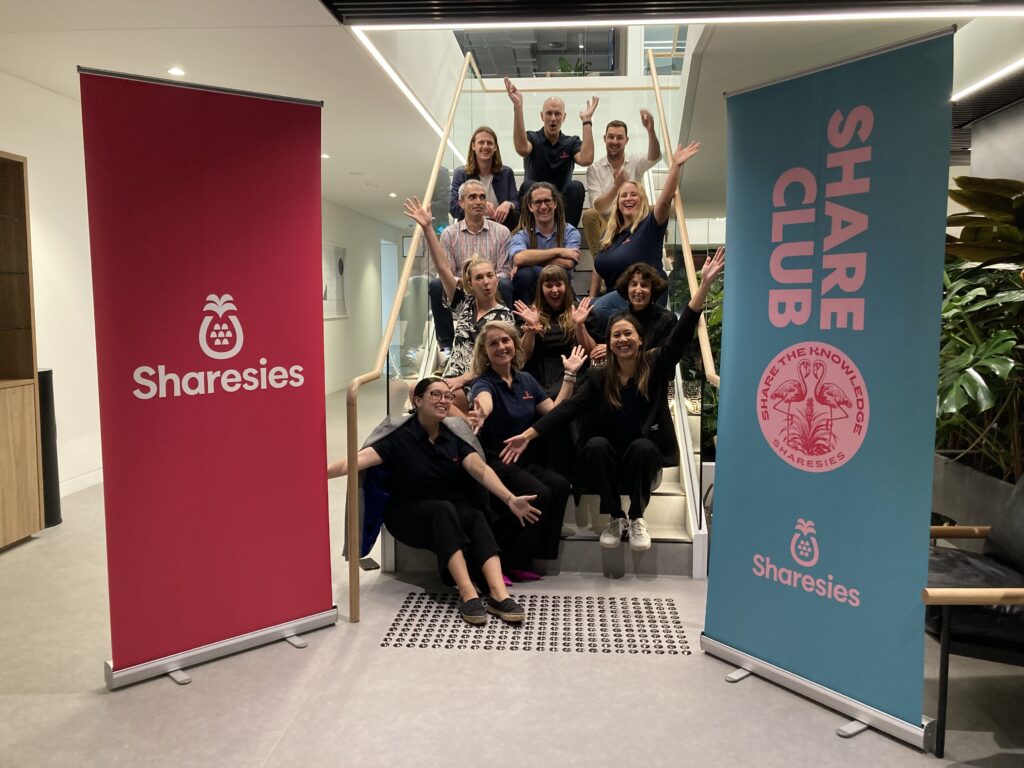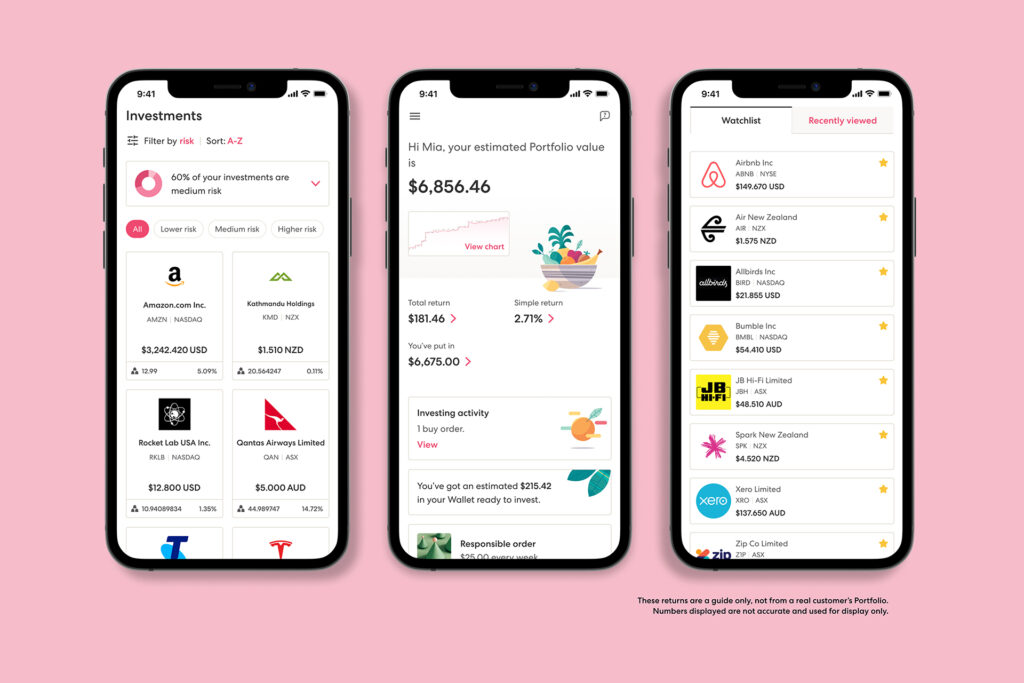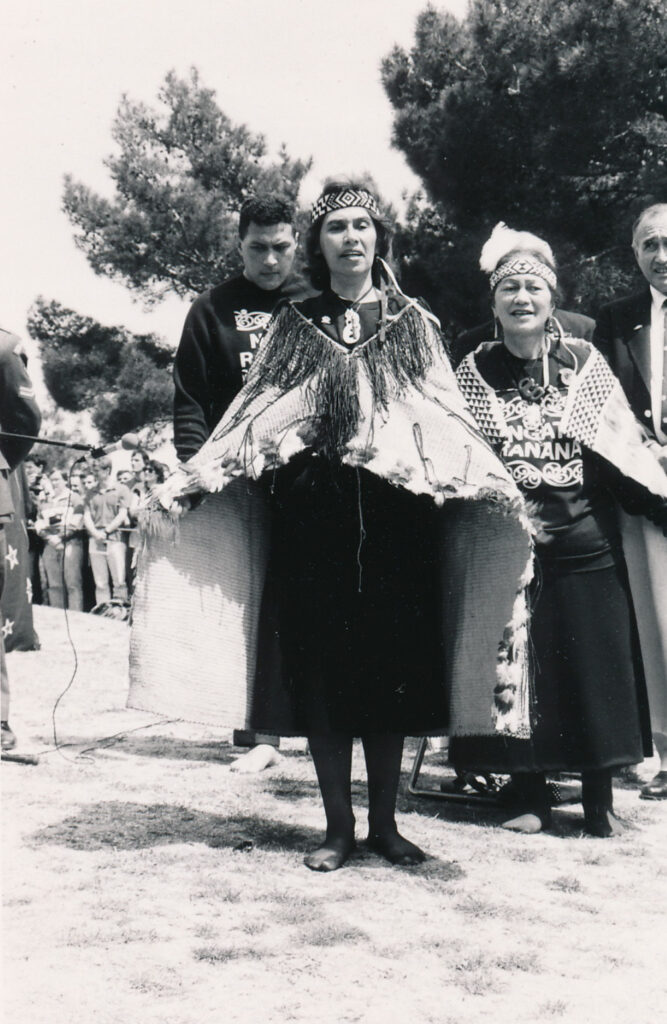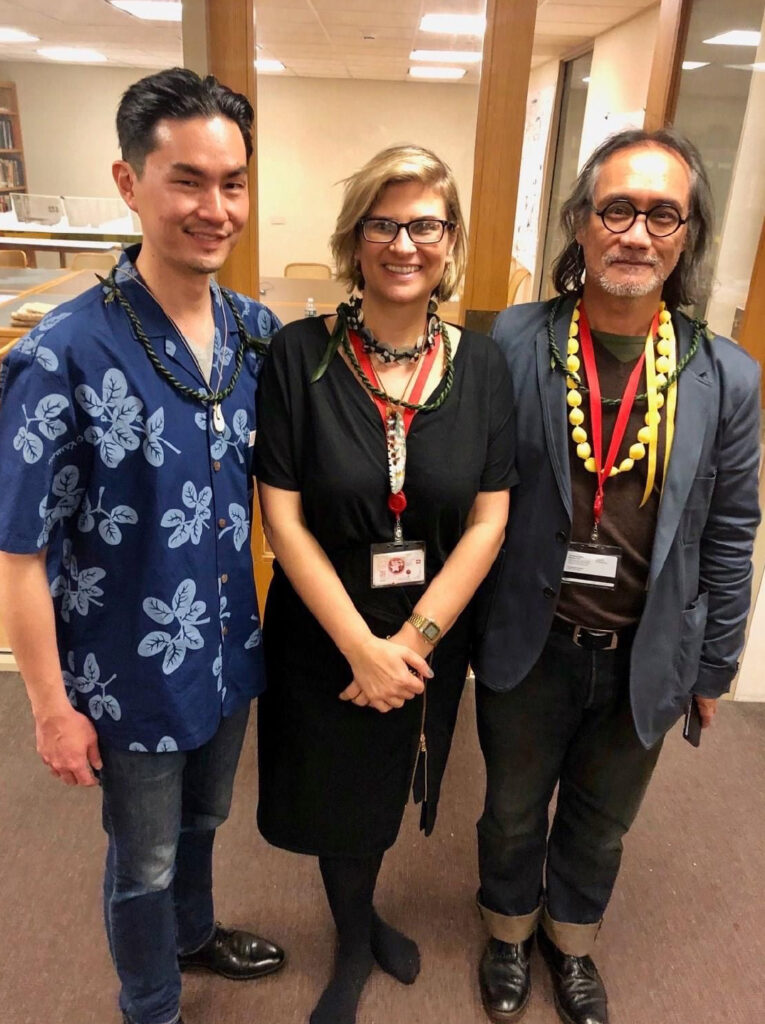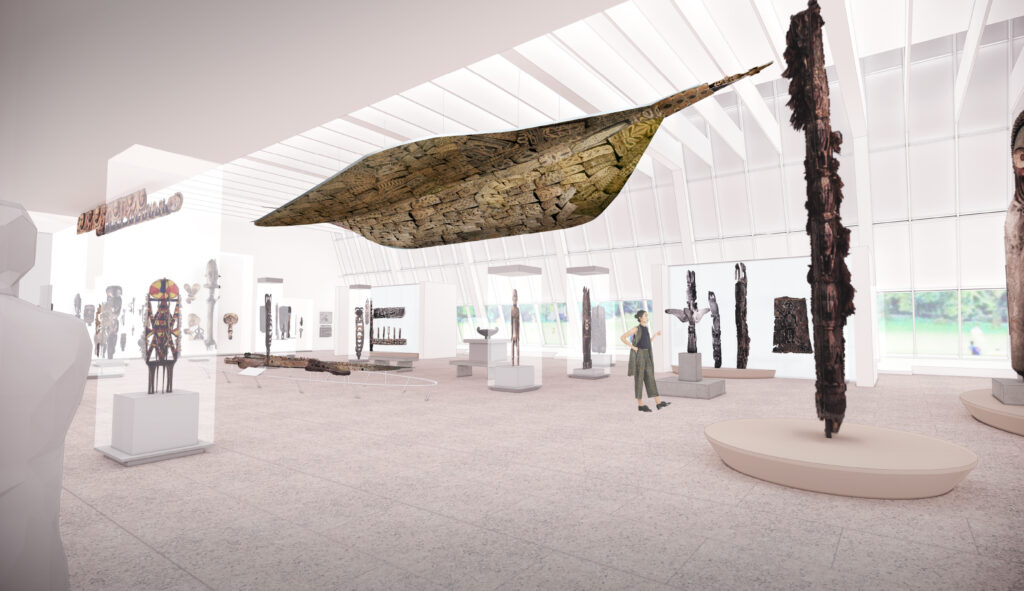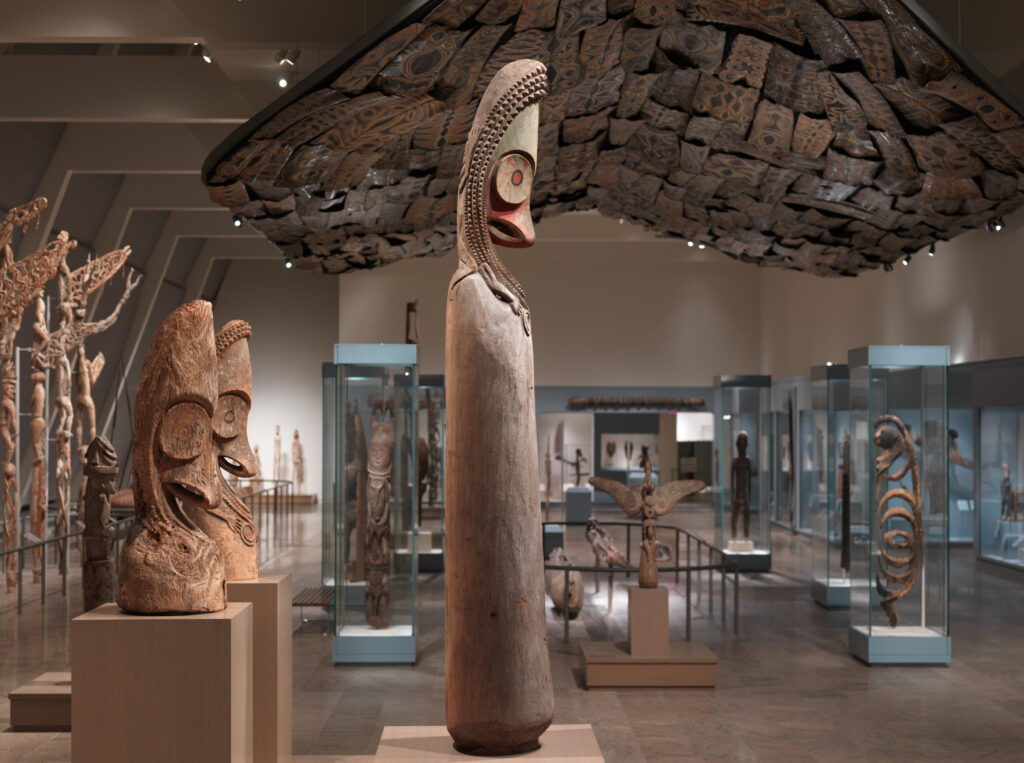North America
Trade and Export Growth Minister Damien O’Connor travelled to Detroit for the annual APEC Ministers Responsible for Trade meeting at the end of last month. During his visit, he also hosted a meeting of Comprehensive and Progressive Agreement for Trans-Pacific Partnership (CPTPP) Ministers, participated in an IPEF Ministerial Meeting and also met with a number of Ministerial counterparts, including Canada, Indonesia, Mexico, Japan, and the United States. A new regional supply chain agreement has been substantially concluded which will see 14 IPEF members undertake to monitor and address supply chain vulnerabilities; uphold labour rights in supply chains; and promote regulatory transparency.
In a watch out for Kiwi companies selling to federal government, or to industries where federal government is a funder, the US vote to suspend its debt ceiling has resulted in two years of spending caps and policy changes. Early this month the House passed a bill to suspend the debt ceiling, clearing a major legislative hurdle and heading off what would have been an economically devastating and historic default. The deal would suspend the $31.4 trillion borrowing limit until January 2025 and cut federal spending by $1.5 trillion over a decade.
Finally, New Zealand Ambassador Bede Corry and Australia Ambassador Dr. Kevin Rudd co-hosted a reception at the New Zealand Embassy in Washington, D. C. this month celebrating FIFA Womens World Cup 2023. The current Cup champion is the US, and Australia and New Zealand are joint hosts for this year’s matches, with the first match kicking off 20 July in Auckland. Several Kea community members joined VIPs including special guest Brandi Chastain, FIFA Women’s World Cup champion and Olympic gold medalist at the reception.
Gary Fortune, Kea North America Regional Director
UK and Europe
London Tech Week kicked off with a bang this month. In its 10th year, it’s Europe’s largest technology festival and attracts the world’s most inspirational founders, global leaders, policymakers, investors and rising stars. A delegation of more than a dozen New Zealand tech scaleups considering an expansion to the UK made the trip to London to explore market opportunities, expand their networks and identify potential partners. Kea partnered with the UK Department for Business and Trade, Oury Clark and NZTE to celebrate with the delegation and local tech sector Kiwi at a New Zealand drinks reception.
New Zealand businesses and researchers involved in low-carbon hydrogen production and adjacent sectors will soon see new opportunities in the UK. The UK government sees low-carbon hydrogen production as a driver of economic growth and a key component of its sustainable energy transition and its pathway to net zero. It is focused on positioning the UK as a global leader in the industry, with estimates its Hydrogen sector could be worth £900 million by 2030, increasing to as much as £13 billion by 2050. Kiwi businesses in this space should keep a watchful eye on the UK’s Net Zero Hydrogen Fund current and future funding rounds.
Finally Kea’s summer community meet-up and networking event was held at Ozone Coffee Roasters in Shoreditch this month. For those already in the UK or heading over for business, Kea’s seasonal community meetups are a great way to build your personal and professional networks and share stories of home or abroad with other exploring Kiwi. Watch this space for details of our autumn event planned for September.
Sara Fogarty, Kea UK/Europe Regional Director
China
This month, China receives PM Chris Hipkins’s trade focused state visit in Beijing, Tianjin and Shanghai. In Shanghai, Kea attended the welcome reception hosted by MFAT and NZTE together with 500 exclusive guests across a wide range of industries. This is the first state visit since Covid pandemic. The PM expressed his appreciation of New Zealand companies’ accomplishments in the China market both before and after the pandemic and says he looks forward to further trade development between the two countries.
This month Kea attended the whakawātea / blessing and the opening ceremony at Museum of Art Pudong (MAP) for the grand opening of The Shape of Time: Art and Ancestors of Oceania from The Metropolitan Museum of Art. The exhibition is led by Kea’s World Class New Zealander Dr. Maia Nuku, curator of Metropolitan Museum of Art in NYC and features almost 130 artworks from across Oceania. These taonga (cultural treasures) have not left the Met for 40 years since the Rockefeller Wing opened in 1982. The exhibition is open to the public from 1 June 2023 to 20 August 2023. It is a lifetime opportunity for the people in China to learn more about Maori culture and for Kiwi to be reminded of a slice of home.
On June 22nd China hosted the Dragon Boat Festival, a traditional Chinese holiday that occurs on the 5th day of the 5th month of the Chinese calendar and results in a three day holiday. The story best known in modern China, is that the festival commemorates the death of the poet and minister Qu Yuan. It is celebrated by holding dragon boat races and having sticky rice dumplings (Zongzi).
Rebecca Bao, China Regional Director

New Zealand
The Southern Hemisphere’s largest agricultural event, Fieldays, was celebrated across four days at Mystery Creek, just outside Hamilton this month. The event is a launch platform for cutting-edge technology and innovation in agritech, food and fibre and related industries. During the event Prime Minister Chris Hipkins announced that primary industry exports are expected to hit a record $56.2 billion by June 2023, 2.3 per cent higher than projected.
This year also saw the launch of a Sustainability Hub at Fieldays, to explore sustainable farming research and science, urban and rural waste management, as well as water management and renewable energy. The Hub recognises that not only do sustainable initiatives protect our environment, but those who purchase New Zealand’s goods – from multinational companies to individual consumers – are increasingly demanding evidence that they’ve been sustainably produced.
Earlier this month Trade and Export Growth Minister Damien O’Connor represented New Zealand at the Commonwealth Trade Ministers’ Meeting in London, before travelling to Paris to vice-chair the OECD Ministerial Council Meeting. Since 2017, New Zealand has secured or upgraded seven FTAs and 73.5% of our export goods are now covered by an FTA. One in four jobs depend on trade and FTAs not only bring savings for Kiwi businesses but also help grow employment up to 12% faster when businesses start exporting.
The entry into force of New Zealand’s most recent FTA, the UK FTA, was celebrated at Eden Park this month. Hundreds of exporters came together with trade agencies at the event to recognise the benefits to New Zealand, including $37 million in tariffs that were immediately eliminated and new duty-free quotas covering 99.5% of current exports. The deal will boost New Zealand’s GDP by up to $1 billion.
Saya Wahrlich, Global Director, Government & Industry
HOW KEA CAN HELP YOUR BUSINESS GROW
Kea Connect
Kea Connect is a free service that will help your business grow offshore. We connect you personally with regional, sector-specific experts and peers.
Resources
Kea is here to help New Zealand businesses grow offshore. Be inspired and hear advice from businesses who have created their export path.
Jobs Portal
Looking for the right talent for your team? Reach our global Kiwi community through the Kea international job portal.

 MENU
MENU

